The WPJ
THE WORLD PROPERTY JOURNALReal Estate Facts Not Fiction
Commercial Real Estate News

Pricing Back to 2007 Levels in Six Top U.S. Apartment Markets
Commercial News » North America Commercial News Edition | By Hortense Leon | October 4, 2012 8:00 AM ET
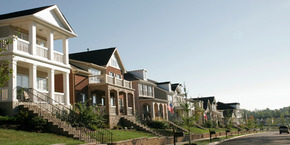 The US apartment market is making a strong recovery. In fact, in six of the top markets, pricing has recovered to its peak-- reached in December 2007--or gone beyond it, according to Real Capital Analytics' Commercial Property Price Indices for second quarter 2012. The chart appears in RCA's US Capital Trends apartment report for August.
The US apartment market is making a strong recovery. In fact, in six of the top markets, pricing has recovered to its peak-- reached in December 2007--or gone beyond it, according to Real Capital Analytics' Commercial Property Price Indices for second quarter 2012. The chart appears in RCA's US Capital Trends apartment report for August. The most significant thing about RCA's Commercial Property Price Indices, says Dan Fasulo, managing director at RCA, is that the top four markets--Boston, Seattle, San Francisco and Manhattan--are known for high tech and Boston has exceeded its peak pricing by 13%.
Although August can be a sleepy month for commercial real estate, this past August, sales of US apartment properties were $6.4 billion, rivaling May and June as the most active month this year, according to RCA, which only keeps tabs on properties worth $2.5 million or more.
Sales of garden apartment properties in August totaled $4.4 billion, up 76% year-over-year. while sales of mid and high-rise properties were down 26% year-over-year, according to RCA.
Still Hunter, III, senior vice president of investments at Marcus & Millichap in Ft. Lauderdale, says the reason that the sales volume for garden apartments was higher than that for mid and high-rise apartments "is that there are lots more garden apartments than mid and high-rise apartments in the world." There are fewer mid and high-rise apartments because rents need to be higher than for garden apartments since they are more expensive to operate, he says.
Nationally, cap rates in the apartment sector averaged 6.1% from May through August and average unit prices trended higher, although appreciation seems to have slowed during the summer months, according to RCA. With fewer trophy properties driving mid to high-rise volume and prices, average cap rates did go slightly higher in August.
In South Florida, "Class A multi-family properties can trade for a 4 cap, as high as a 6 cap for a B apartment asset and even a 9 cap for a low C asset," says Hunter. These cap rates are about the same as a year ago, although maybe slightly lower, but prices per unit have increased because there are higher rents, less vacancies, no concessions and ancillary income from apartment properties in South Florida, he says.
In South Florida, there are fewer distress sales in the apartment market, a greater demand for product and more favorable financing, which drives values, says Hunter. Most distressed deals have been worked through and for the ones that are still around, there is enough demand that they are no longer trading at a big discount, he says.
"I have a deal now called Lakeside Villas at Kendall, a 190-unit development, which was a failed condominium conversion," says Hunter. "The development, which is now stabilized, is in bankruptcy and will be sold at auction on October 9th for about $15 million, or $79,000 per unit, which is a market price," he says. The way that Hunter knows that he will get a good price? "There is a stalking horse bidder who will pay $14,250,000 for the whole development," he says. "A year ago, we had offers for millions less," says Hunter.
The rental market in South Florida is very strong, says Hunter. "Rents (in South Florida) will continue to grow as the economy improves although maybe not at the same pace," as over the last year or so.
Sign Up Free | The WPJ Weekly Newsletter
Relevant real estate news.
Actionable market intelligence.
Right to your inbox every week.
Real Estate Listings Showcase
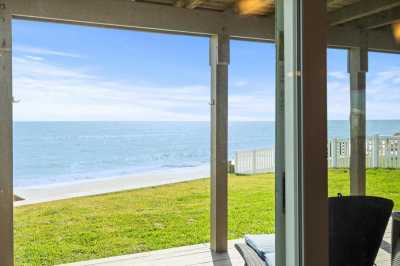
$1,375,000
Home For Sale
Flagler Beach, Florida
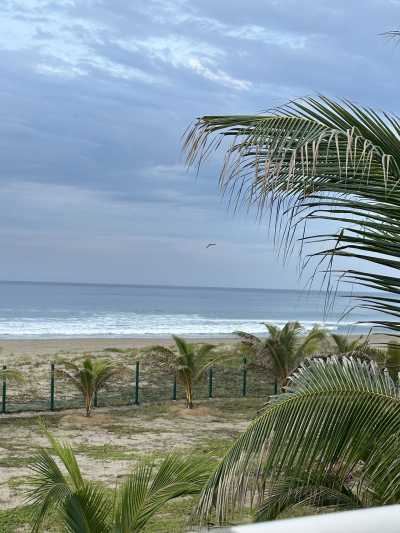
$1,200,000
Residential Land For Sale
Puerto Escondido, Mexico
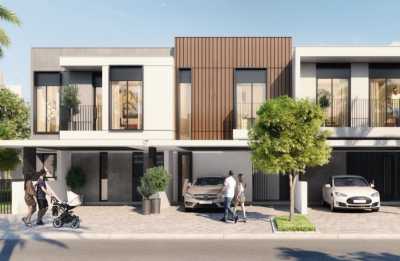
$291,264
Home For Sale
Dubai South, United Arab Emirates
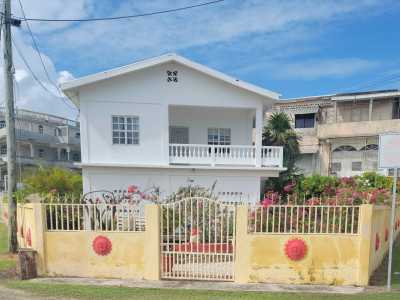
$750,000
Mixed Use For Sale
Corozal, Belize
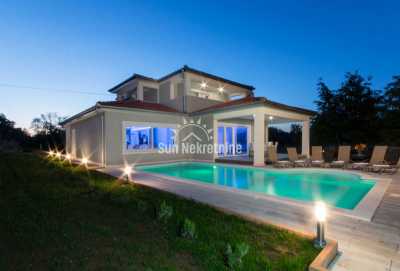
€450,000
Home For Sale
Central Istria, Croatia

$1,575,000
Condo For Sale
Winter Park, Florida
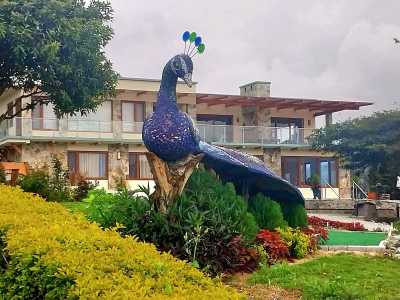
$795,000
Home For Sale
Cuenca, Ecuador
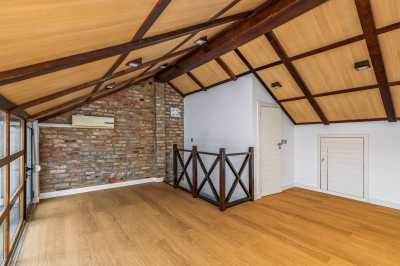
€800,000
Apartment For Sale
Lisboa, Portugal
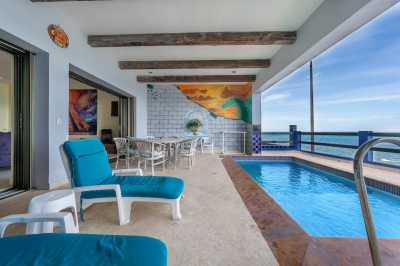
$1,350,000
Vacation Villas For Sale
Isla Mujeres, Mexico
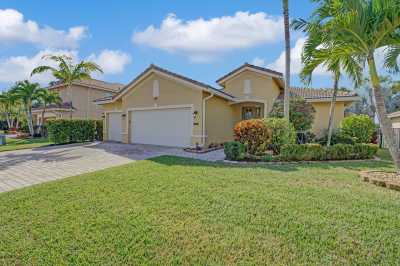
$740,000
Home For Sale
West Palm Beach, Florida
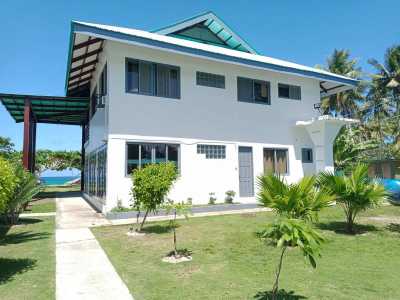
$2,800,000
Commercial New Construction For Sale
General Luna, Philippines
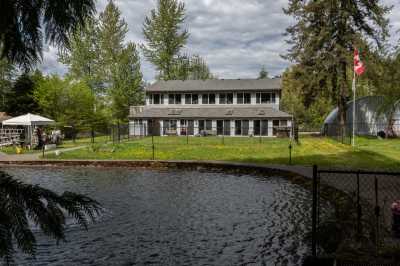
5,300,000 CAD
Home For Sale
Mission, Canada
Related News Stories
Commercial Real Estate Headlines
- 2025 Prediction: U.S. Commercial Investment Recovery Expected to Gain Traction
- Holiday Retail Sales for 2024 to Hit Record $1 Trillion
- Tech, AI Industries Drive Largest Share of Office Leasing Activity in U.S.
- Commercial Real Estate Lending in U.S. Enjoys Strong Growth in Q3
- U.S. Multifamily Market Begins Recovery in Q3
- Commercial Investment in Japan Spikes 24 Percent Annually in Q3
- Despite Return-to-Office Mandates, U.S. Office Vacancies Continue to Rise
- PROPSIG Tech Startup Acquired by World Property Data
- U.S. Commercial Mortgage Debt Hits $4.7 Trillion in Q2 as Delinquencies Increase
- Hong Kong Class A Office Rents Continue to Downtick in Mid-Summer
- U.S. Office Landlords Tenant Concessions Decline for First Time in 4 Years
- U.S. Commercial Mortgage Originations Spike 27 Percent in Q2 Over Q1
- Phnom Penh's Commercial Office, Retail Markets Face Slowdowns in 2024
- Global Edge Data Center Market to Hit $300 Billion by 2026
- Commercial Property Transactions in Japan Dive 25 Percent Annually in Q2
- Delinquency Rates for U.S. Commercial Property Loans Downticks in Q2
- Megawarehouse Lease Deals in U.S. Increase in 2024
- Office Tenants' Flight to Quality Buildings Increases in 2024
- Commercial Lending in Japan Upticks 6 Percent Annually in Q1
- AI Driving Significant Global Data Center Growth in 2024
- Total U.S. Commercial Mortgage Debt Rises to $4.7 Trillion in Q1
- U.S. Commercial Mortgage Delinquencies Rise in Early 2024
- Asia Pacific Office Sector to Further Reprice Throughout 2024
- U.S. Retail Foot Traffic to Surpass Pre-Pandemic Levels by 2025
- Commercial Real Estate Lending in U.S. Slowed in First Quarter
- Japan Commercial Property Investment Volume Jumps 7 Percent in Q1
- Asia Pacific Commercial Property Investment Leads the World, Spikes 13 Percent
- Driven by High Rates, U.S. Commercial Lending Imploded 47 Percent in 2023
- After Two Year Slump, Prime Multifamily Metrics Uptick in U.S.
- Commercial Co-Broker Commissions Not Affected by NAR-DOJ Settlement, Yet
- U.S. Office Buildings with Upscale Tenant Amenities Still Enjoy Premium Rents in 2024
- U.S. Commercial, Multifamily Mortgage Delinquency Rates Uptick in Q4
- U.S. Commercial Mortgage Debt Continued to Rise in 2023, Hits $4.7 Trillion
- Nonresidential Construction Spending in the U.S. Falls Sharply in January
- U.S. Multifamily Construction Starts to Decline in 2024
- Commercial Mortgage Lending in U.S. Shows Signs of Stabilization in Late 2023
- Architecture Billings Decline in December as Soft Business Conditions Persist
- Government Sector Claimed Largest Portion of 100 Biggest U.S. Office Leases Signed in 2023
- U.S. Commercial, Multifamily Borrowing Dives 25 Percent Annually in Late 2023
- Record High Multifamily Construction Deliveries Drive Vacancy Rates Higher
Reader Poll
In 2025, which region of the world are you most likely to buy or invest in real estate?





